Honda CB Hornet 160R Review : First Ride
The CB Hornet 160R was first showcased at the Honda Rev Fest in August 2015. For one, the CB Hornet 160R is the naked muscular commuter from the Japanese automaker that puts a level of excitement in your head. Here's what we think.
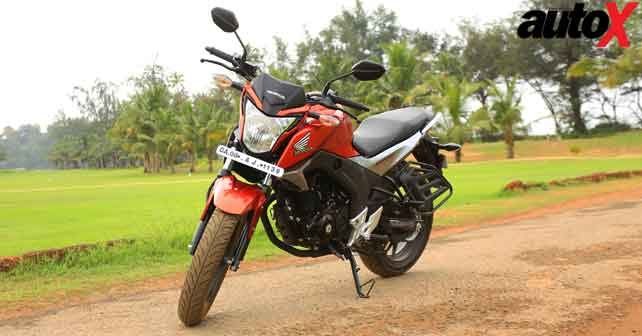
When Honda decided to revive the CB Unicorn badge in its 160cc avatar, many potential buyers were slightly disappointed as the motorcycle looked a bit boring and was targeted at commuters This safe approach from Honda lacked the excitement, that the younger riders are nowadays looking for in the 150-180cc segment and also the competition has a lot more contemporary looking bikes, in terms of design, and stand out in the crowd. Honda being Honda, they took the feedback positively and worked on a more vibrant 160cc motorcycle and here we have with us. the CB Hornet 160R.
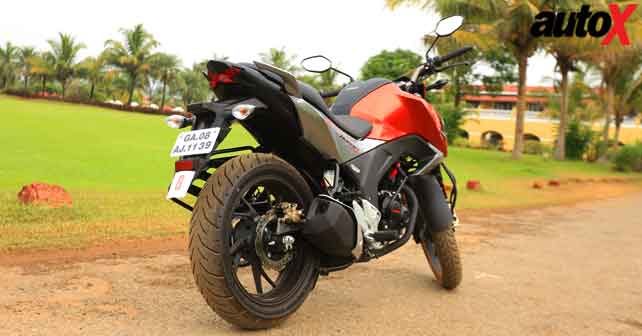
This new naked muscular bike was first showcased at the Honda Rev Fest in August where the CBR 650F was launched and even at that time we were impressed by its chiselled looks. The scooped-up tank did remind us of the Yamaha FZ-S, which is a good thing as it looks brawny or in Honda’s words ‘ripped. The tank gets a smart mock carbon fibre finish, but personally, a simple black matt finish would have been a better option. The side profile is beautifully crafted and has a lean athletic feel. Coming to the rear, the Hornet gets a snazzy X-shaped LED tail lamp. The all-digital metre displacement is quite basic and could have been better. The 160R has a short sporty muffler and comes with a 140mm rear tyre, wider than the Unicorn, along with 5-spoke alloy wheels. While the Hornet comes standard with 276mm front disc and 130mm rear drum brakes, one can also opt for the 220mm rear disc.
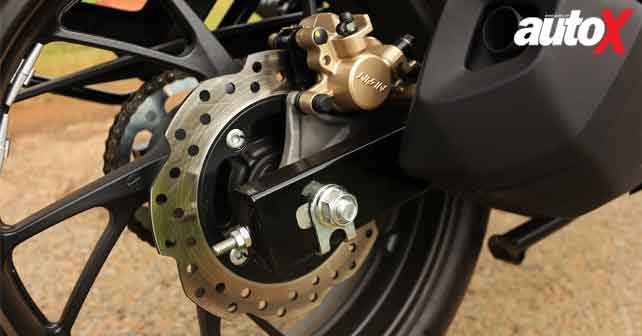
The Hornet uses the same 162.7cc air-cooled engine as the Unicorn’s but has an additional 1bhp, and therefore its total output is 15.7bhp. The Hornet’s torque too is slightly more than its sibling with 14.76 Nm at 6,500rpm. What is most impressive about this new Honda is that it meets BS-IV emission norms well ahead of the April 2017 regulation deadline. It is actually India’s first motorcycle to comply with BS-IV norms.
As we only got to ride the Hornet for a limited time, our first impression was quite promising. The initial acceleration felt slightly punchier than the Unicorn, but the powerplant didn’t feel as refined. At slow speed, it has enough pull and you aren’t forced to keep changing gears, making it a good city dweller. The riding stance made you lean a bit more forward as compared to the Unicorn, but still comfortable seating. The variant we rode had a 220mm rear disc with a Combi Brake System, which flexed ample stopping power.
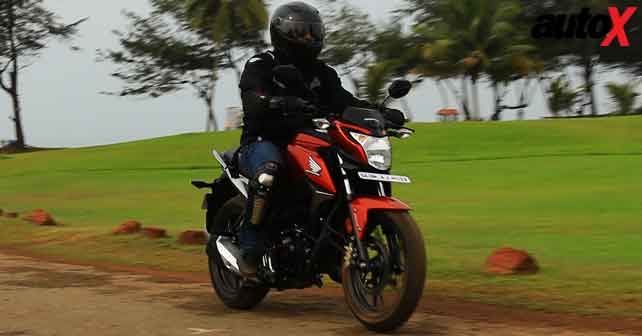
The Hornet like the Unicorn also uses a rear monoshock and provides a comfortable ride. It manages to cushion most potholes on the road and doesn’t crash into them. The suspension set-up is slightly on the softer side, which makes it easier to negotiate bad roads and ditches.
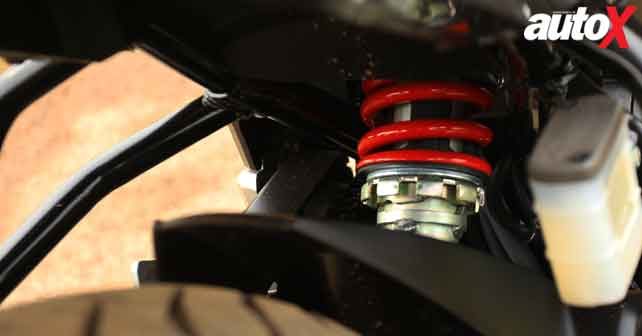
The Hornet is available in two variants, while the standard model costs Rs 79,900, ex-showroom, Delhi, the top of line version with rear disc brakes will set you back Rs 84,400. Yes, it is more costly than the Unicorn, which starts from Rs 72,412, ex-showroom, Delhi, but then the rugged looks of the Hornet will definitely set you apart from the other commuter bikes in this segment.
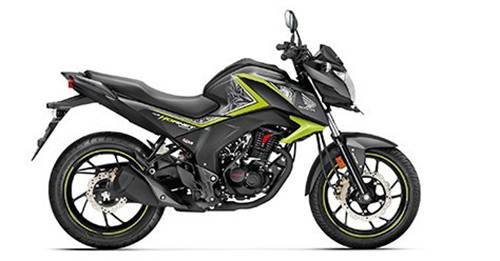
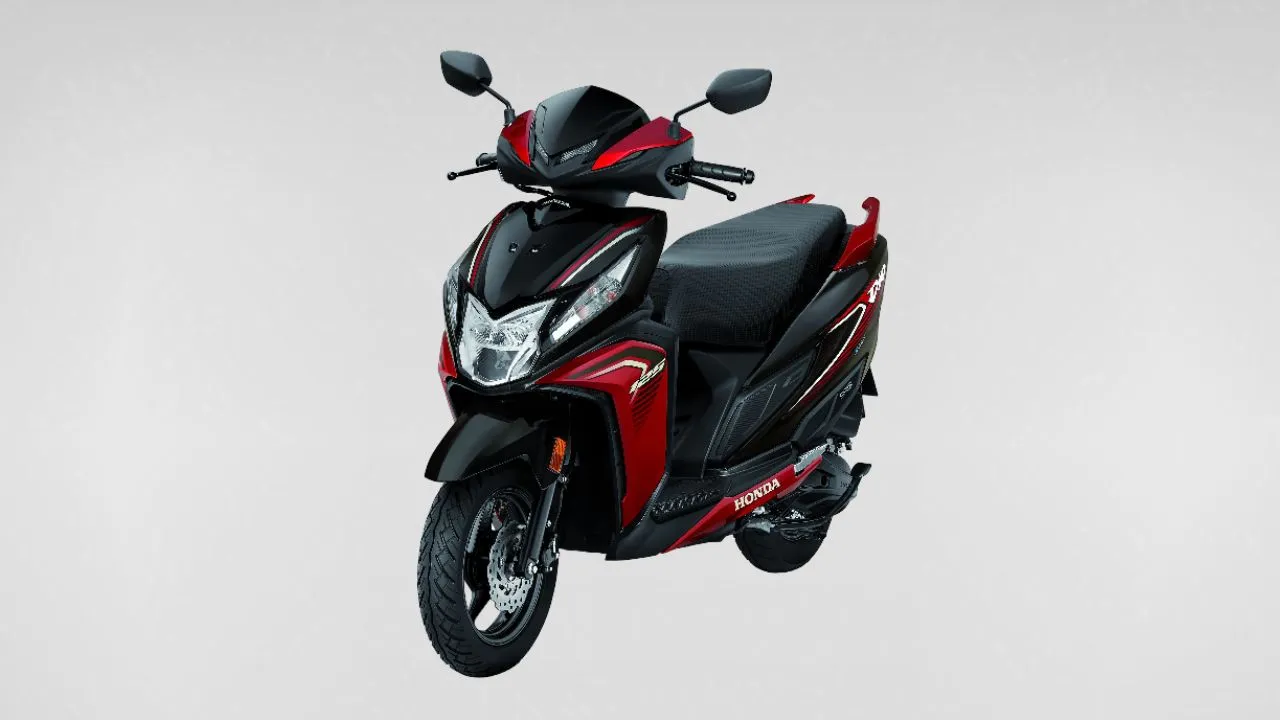

.webp)



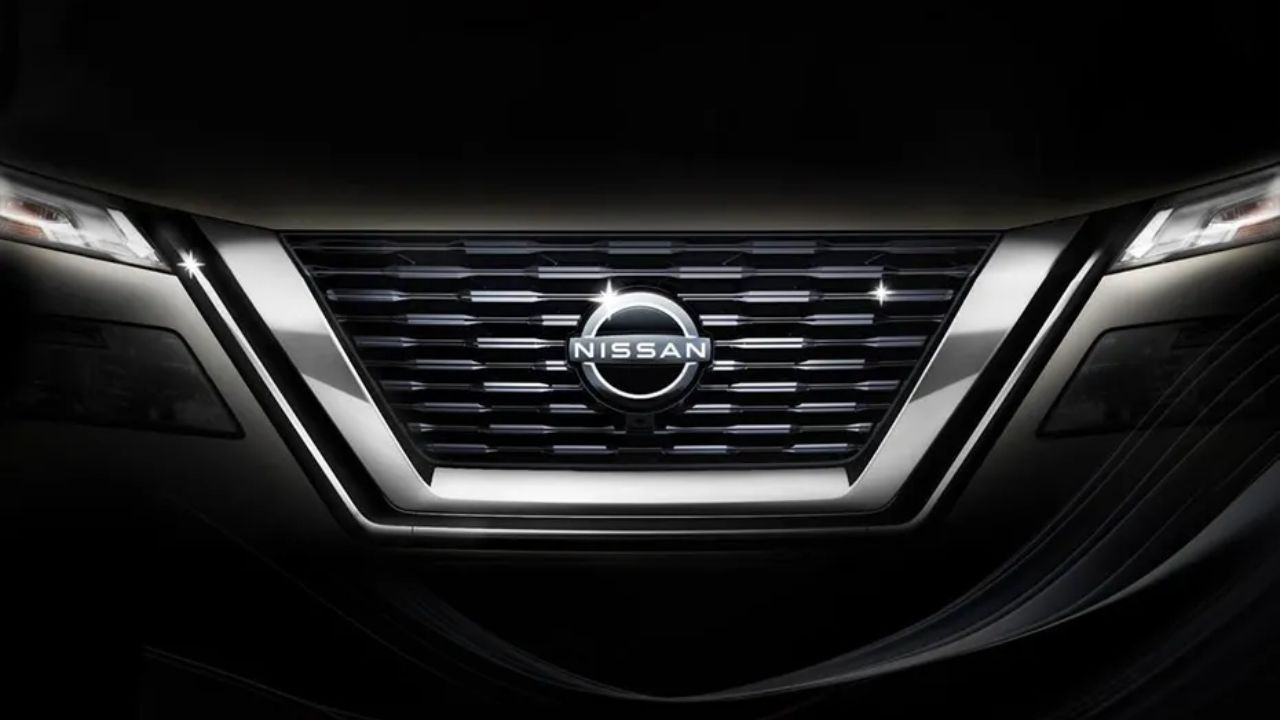
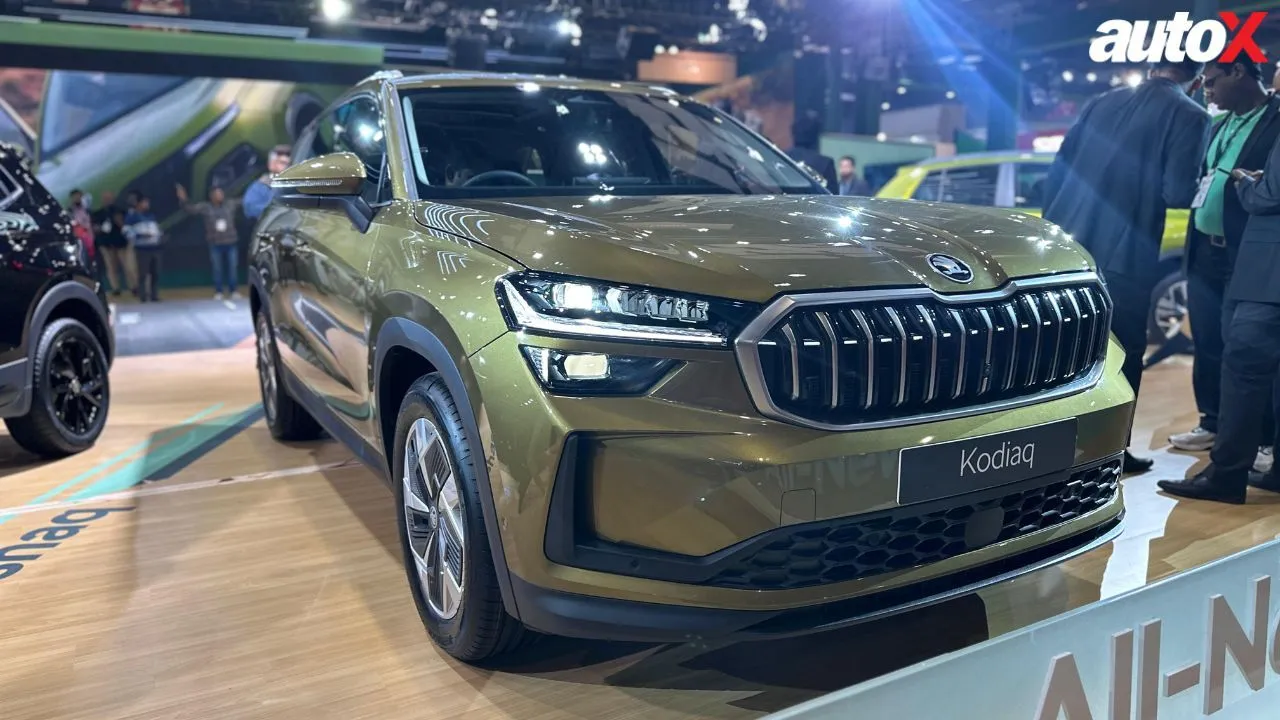
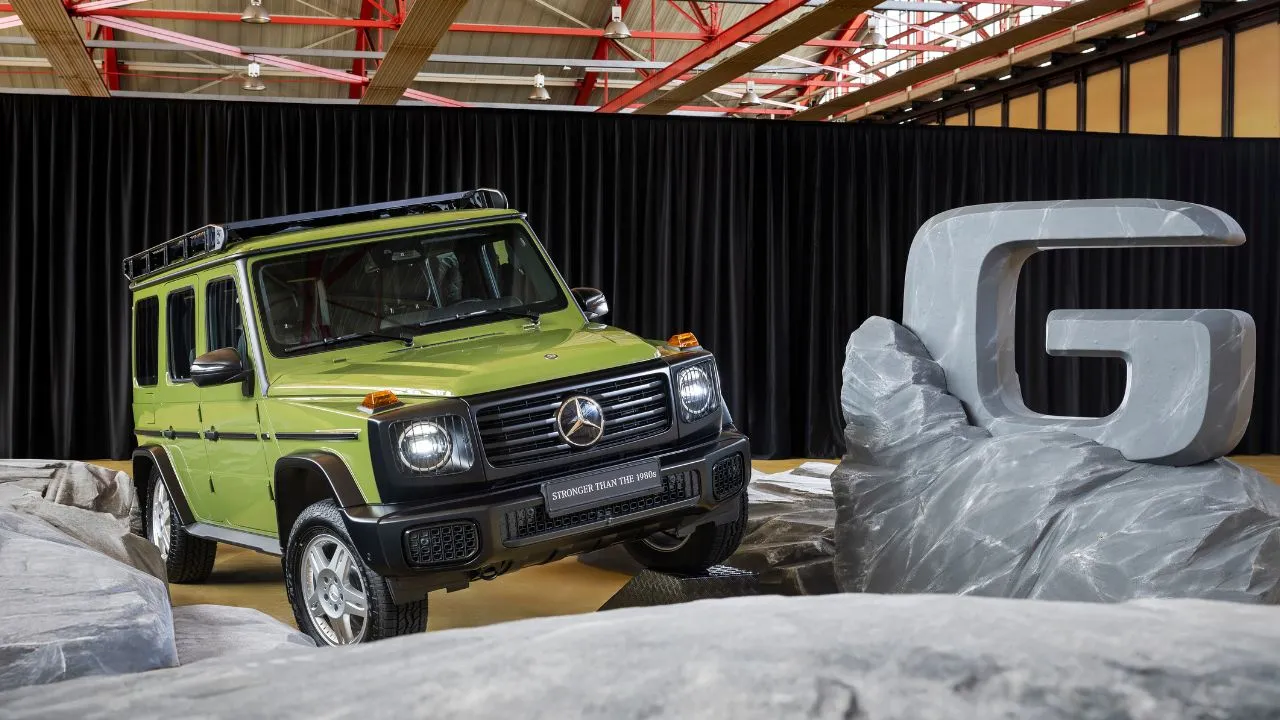
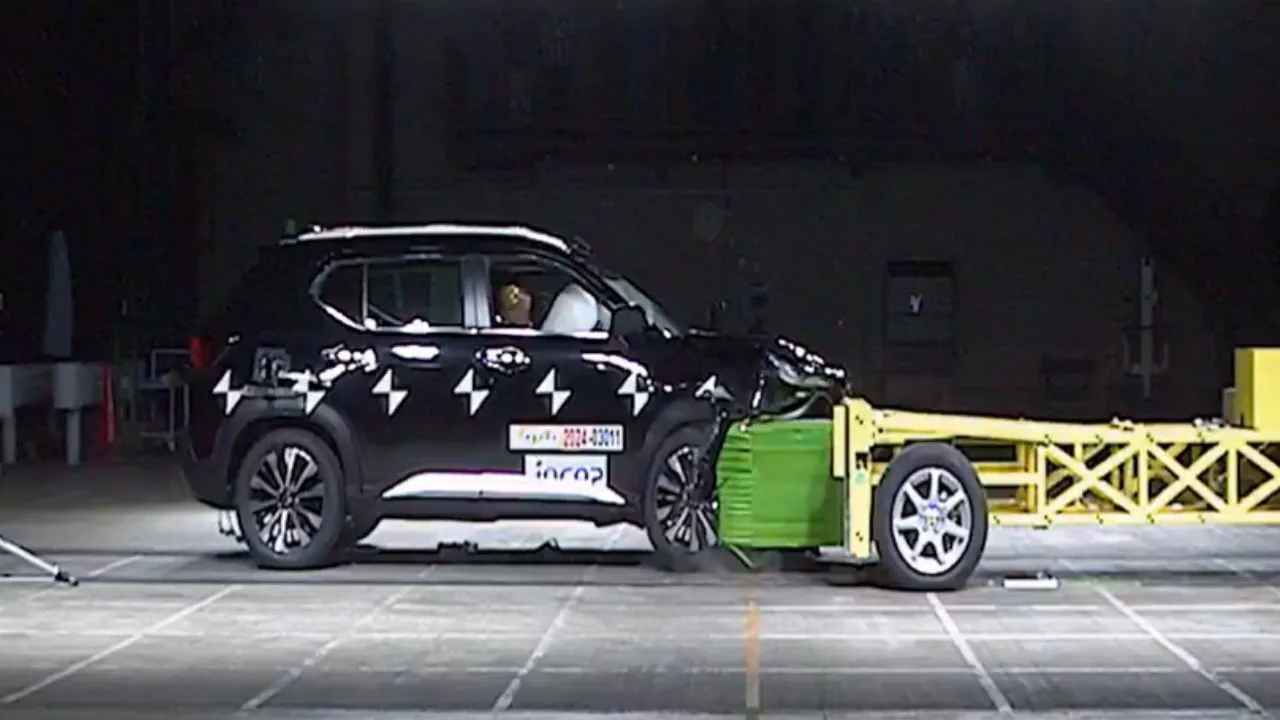
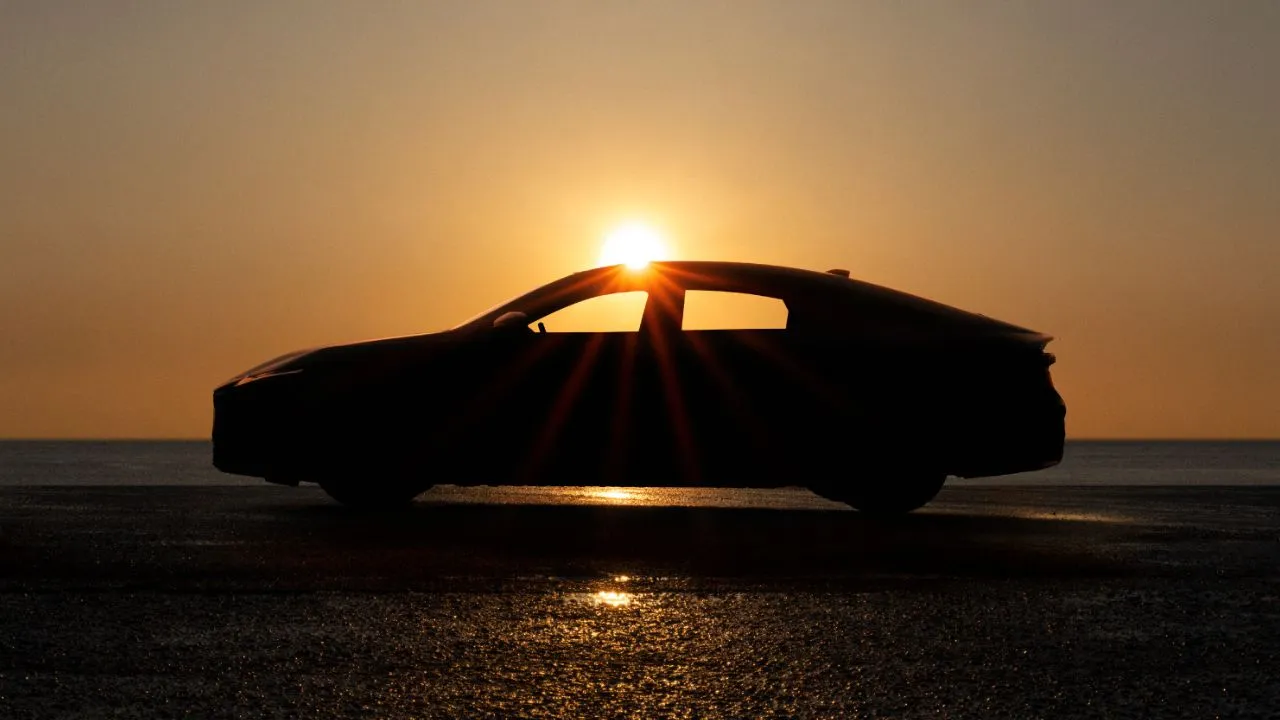



















Write your Comment on